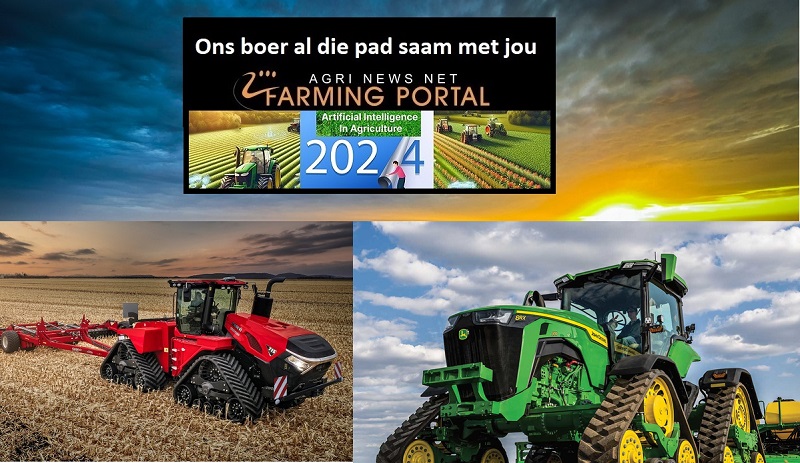As we look ahead to the year 2030, the future of agriculture appears promising, yet challenging.
The global population continues to grow, placing increasing pressure on our food systems. However, advancements in technology, sustainable practices, and changing consumer preferences are shaping a new era of agriculture. In this article, we will explore the key trends and developments that are likely to define the agricultural landscape in 2030.
1. Smart Farming and Precision Agriculture:
The rise of smart farming and precision agriculture will revolutionize the way we cultivate crops and raise livestock. With the help of sensors, drones, AI, and machine learning, farmers will gather real-time data on soil moisture, nutrient levels, and pest infestations. This wealth of information will enable precise resource management, optimizing water and fertilizer usage, reducing costs, and minimizing environmental impact.
2. Vertical Farming and Urban Agriculture:
In response to the challenges of land scarcity and urbanization, vertical farming and urban agriculture will gain significant momentum. Vertical farms, utilizing hydroponics and aeroponics, will allow crops to be grown in stacked layers, utilizing minimal space and reducing the need for transportation. Urban areas will witness the proliferation of rooftop gardens, community farms, and indoor growing facilities, fostering local food production and reducing carbon emissions.
3. Climate-Resilient Farming:
Climate change will continue to impact agriculture, necessitating resilient farming practices. Farmers will adopt innovative techniques to mitigate risks associated with erratic weather patterns, such as drought-tolerant and heat-resistant crop varieties, precision irrigation, and improved soil management practices. Furthermore, regenerative agriculture approaches, including cover cropping and agroforestry, will enhance soil health, sequester carbon, and build resilience against climate shocks.
4. AI and Robotics in Agriculture:
The integration of AI and robotics will redefine labor-intensive tasks in agriculture. Autonomous vehicles and robots will perform field operations, such as planting, harvesting, and weed control, with increased precision and efficiency. AI algorithms will analyze data to provide real-time insights on crop health, pest detection, and yield forecasting, empowering farmers to make informed decisions and optimize productivity.
5. Biotechnology and Genetic Engineering:
Advancements in biotechnology and genetic engineering will shape the future of crop improvement. Scientists will develop genetically modified crops with improved nutritional content, disease resistance, and reduced reliance on pesticides. Gene editing techniques, such as CRISPR-Cas9, will allow for precise and targeted modifications, accelerating the development of desirable traits in crops and livestock.
 Africa’s Agribusiness Sector to Reach US$1 Trillion by 2030:
Africa’s Agribusiness Sector to Reach US$1 Trillion by 2030:
6. Sustainable Aquaculture:
With the depletion of wild fish stocks and the rising demand for seafood, sustainable aquaculture will emerge as a crucial component of future agriculture. Integrated multi-trophic aquaculture systems will promote the co-cultivation of fish, shellfish, and seaweed, creating a balanced ecosystem that minimizes waste and enhances resource efficiency. These practices will help meet the demand for protein while mitigating environmental impacts.
7. Consumer-Driven Trends:
Changing consumer preferences will play a significant role in shaping agriculture in 2030. There will be an increased demand for organic, locally sourced, and sustainably produced food. Transparency in the supply chain, certifications, and eco-labeling will be essential to build trust and meet consumer expectations. Plant-based and alternative protein sources will continue to gain popularity, driving innovation in the food industry.
Conclusion:
The future of agriculture in 2030 is set to be an era of technological innovation, sustainability, and resilience. Smart farming practices, sustainable agriculture techniques, and data-driven decision-making will transform the way we produce food. By embracing these advancements, we can meet the challenges of a growing population, mitigate climate change, and ensure a more secure and sustainable food future for generations to come.















